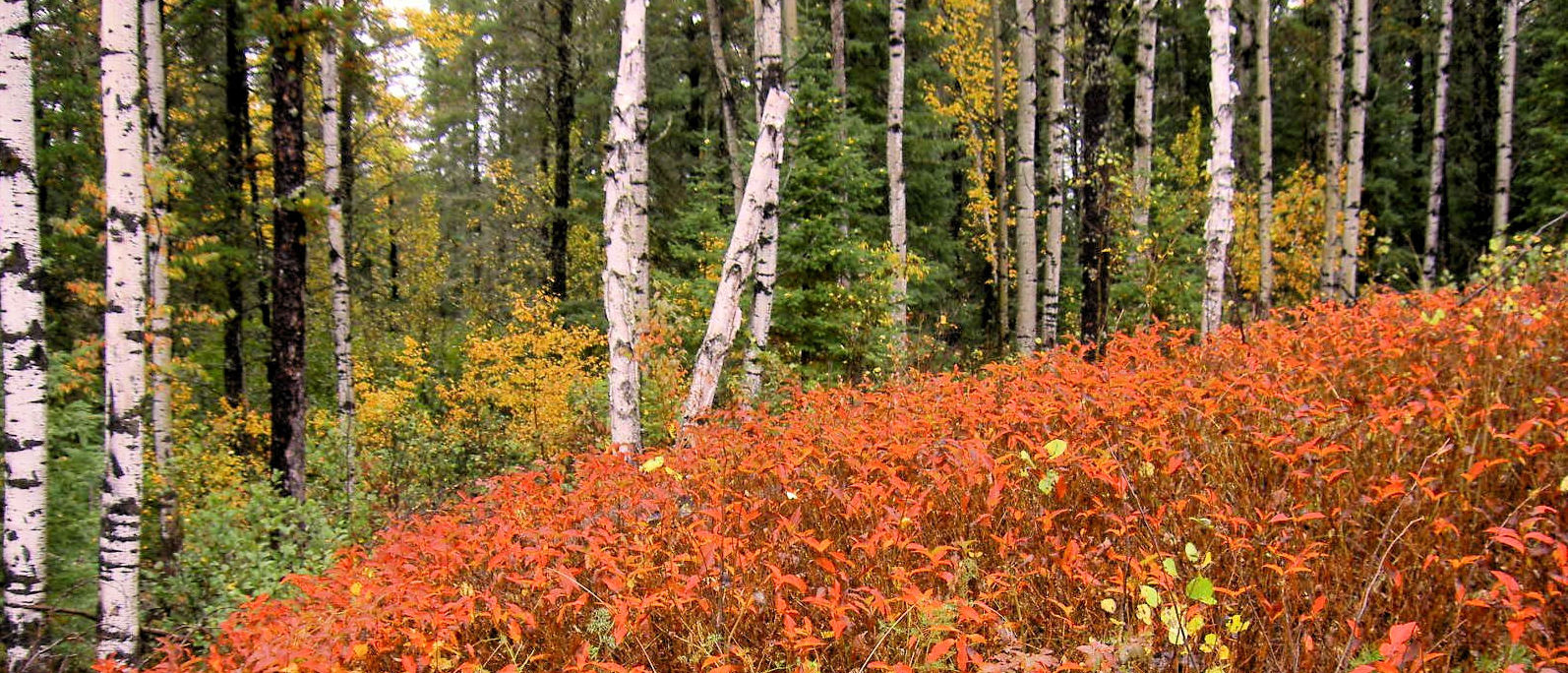
from The Fort William Daily Times-Journal, December 18, 1943
Geraldton-Hearst Highway Scenic Drive
You can cross Canada by automobile today. For the first time in the country’s history, a motorist can start in Vancouver and drive to Halifax on all-Canadian soil. That’s what completion of a stretch of 150 miles of road between Hearst and Geraldton means. And not only is that a spur to Canada’s pride, but it means the opening up of a vast area of brand-new timber and possibly agricultural country.
Two years ago, the Provincial Government had completed roads from the west to Geraldton and from the east and south to Hearst. Up to now, however, the 150-mile barrier had forced motorists who wished to cross the country to go into the United States, at perhaps Sault Ste. Marie or Sarnia and work their way across and up to Fort Frances and Kenora to Winnipeg.

Burwash Inmates Helped
Inmates of Burwash Industrial Farm were given a chance to go north. Many of them accepted promptly and were shipped to three newly built camps, six, 12 and 18 miles east of Long Lac [sic]. They did preliminary work, surveying, cutting and preparing for what was to come. Then contracts were offered Ontario contractors.
Rout [sic] Changed
Yorky Fiskar flew the first aerial survey party to map out the route. Originally, it was intended the trans-Canada should run through Sault Ste. Marie and across the north end of Lake Superior through some of the most rugged country on the continent. During the depression, the Federal government established work camps in that area and even today, from the train, one can see rock fills which “started nowhere and end nowhere”.
A road had been opened as far east as Schreiber and right-of-way, out from there to Jackfish. You can see it from the air today, but there aren’t any bridges and you can’t drive it without an amphibious car.
However, to complete that section of the road would have cost tremendous amounts of money. There are granite cliffs along the shore rising hundreds of feet in the air. And then, too, there are the mining towns along what was formerly known as the Ferguson highway to consider. They included centres like Kirkland Lake, Timmins, Iroquois Falls, Kapuskasing, Hearst, all of which were linked with roads from the southeast.

New Country
So the route was changed, to the unbounded horror of Sault Ste. Marie, and it was finally decided to complete the Geraldton-Hearst strip. New country was opening up on the Geraldton end, too.
So the contractors were called in. They looked it all over, gave their estimates to the government, and started to move the heavy bulldozers, shovels and other machinery. Some of them put into practice lessons learned on the Alaska highway and several thousands of dollars in doing so. Some of them ran into unforeseen tough luck which cost money and tempers. But contractors are a hardy breed and when necessary they “took it on the chin” and liked it. Today, driving comfortably and stopping frequently, you can drive to Geraldton from Hearst in five hours. You can drive from Toronto to Geraldton in three easy days and never go above the legal 40 miles an hour ̶ if you have the gasoline to do it with and the necessity for the trip.
A Beautiful Drive
The final stretch is a beautiful drive. Motorists stop at the last service station in Geraldton and fill up. Then they swing out past the gold mines and in five minutes the car is in the bush. The road is gravelled and wide for the 25-mile run to Long Lac. There is a gas pump there, but the operator hasn’t got gasoline for sale for casual motorists. There are, however, the last restaurants and hotels until you get to Hearst.

Travel Not Encouraged
There’s been a lot of rain up north this year, and there were numerous potholes and minor washouts outside Long Lac.
As to the terrain: For the most part, it is straight bush country. Occasionally, on the Hearst end of the trip, there are long flat stretches of cranberry marsh which could, with drainage, be transformed into good farming country.



Comments
3 responses to “1943 CROSS-CANADA HIGHWAY”
Thanks. Interesting history I never knew
My mothrr (Marie (Frankie) Kellar) hitchhiked out west with. a couple of girlfriends and worked in. sanitarium for a while. Apparently she had to walk from Geraldton to Longlac as I understood the road was not passable. I wish I knew the year she did that.
The highway from Geraldton to Longlac was officially opened in December 1939. For perhaps a year before that, there would have been a right-of-way cleared, and she would have been able to walk it. Starting in the spring of ’39, adventurous drivers attempted to negotiate some stretches, but it was an ordeal.